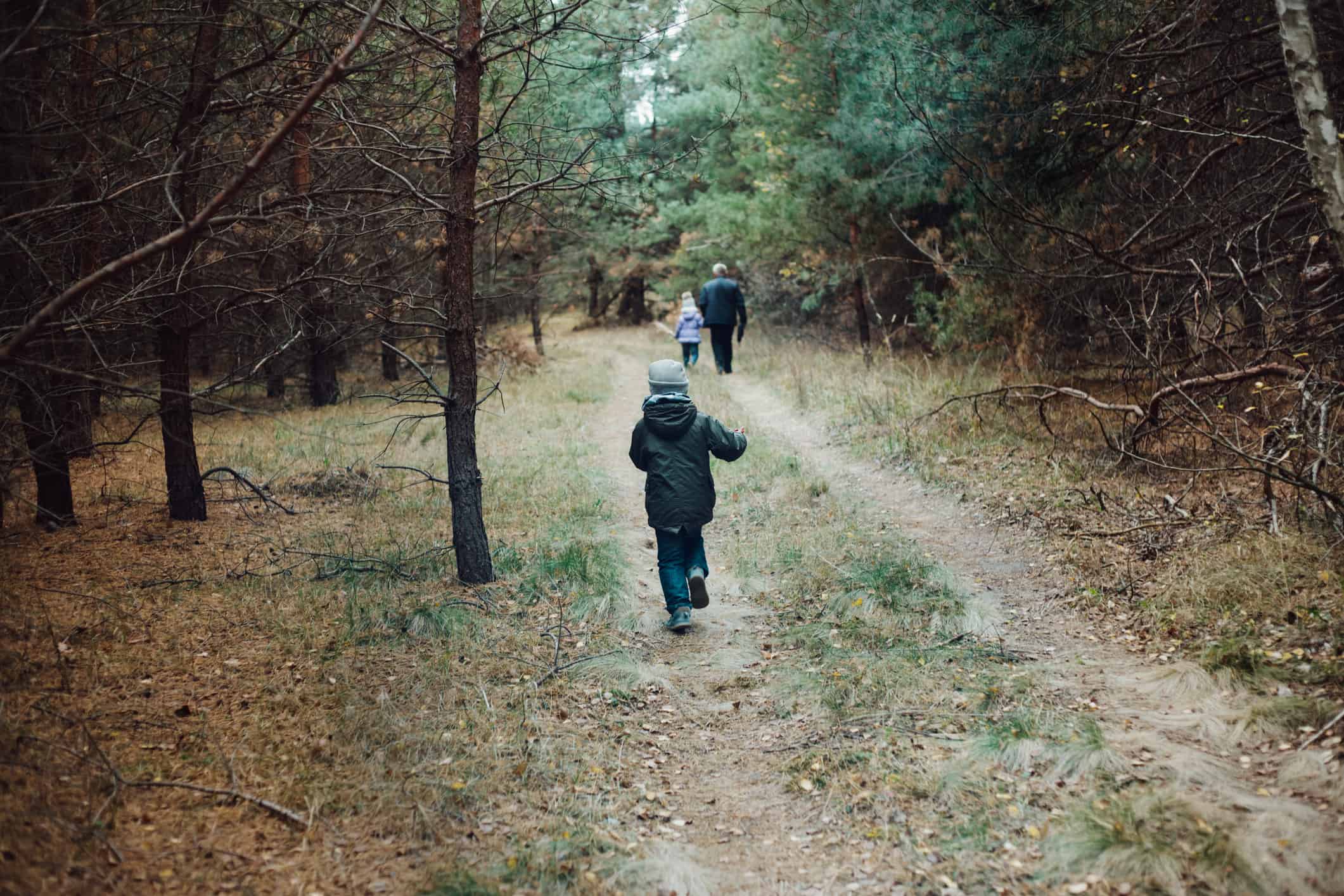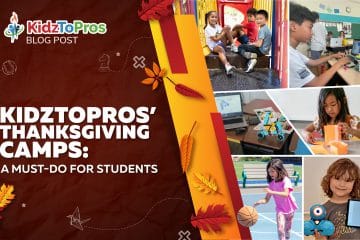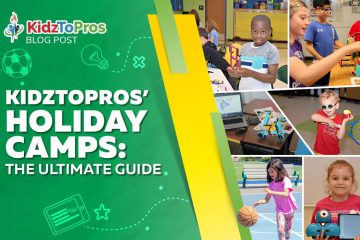Helping Kids with Autumn Behavior Changes

When summer draws to a close, some people feel darker mood changes coming on. These behavior changes seem to indicate a depression of sorts. According to some studies, females are 50 percent more likely than males to suffer from what’s known as SAD (Seasonal Affective Disorder.)
Some children also begin to exhibit behavior changes in autumn. If this is affecting your family, here are SAD’s main causes and things you can do to help before it gets worse.
Falling back
Autumn is a beautiful time of year. Leaves change colors and cool breezes are a nice break from heat waves. This is also a time of year when we move clocks back an hour. That one action alone can result in many negative behavior changes.
Ending daylight savings time disrupts the body’s circadian rhythm. “Falling back” also messes with sleep patterns in children, leaving them out of sorts.
Some school districts understand this. Therefore, many schedule fall break right around the time when we lose an hour. A weeklong vacation allows kids, and parents, to adjust without the pressure that school can bring. (Click here to learn more about KidzToPros holiday camps – enrichment programs without anxiety.)
If your school doesn’t schedule a holiday break, try to adjust your own schedules. Plan for earlier bedtimes, which means earlier dinners and limited screen use. Make bedrooms as dark as possible when it’s time to sleep. A child’s transition period can last about a week before they’re used to the change.
Shorter days
It’ll be a few months until December 21, the shortest day of the year. Regardless, we begin to notice the sun setting earlier starting in September. Again, for some, this is a welcome change. Others might feel gloomy or sad about it. Fluctuating levels of melatonin and serotonin result from shorter days. In a child’s hormonal system this is quite jarring.
It can feel especially harsh in northern climates. There are places where the sun will eventually set as early as 4:30pm.
Be alert to your kids seeming sad, irritable or talking down about themselves. If they are often tired or craving rich, carbo-loaded comfort food, this too might indicate a seasonal issue.
To help, some parents downshift from hectic, late afternoon/early evening activities during this time. You can also encourage earlier bedtimes, even with older kids. And eating healthy family meals together will also ease symptoms.
Cooler temps
When temperatures first drop, and we pull those sweaters or jackets out of storage, the mood is high. Brisk days and changing leaves are especially enjoyed while sitting inside with a cup of warm apple cider. It’s a nice change of pace.
However, children who’ve been expelling a certain amount of energy every day, especially during the summer, are now moving less. They’re sitting more and watching. This is typically done indoors, as temperatures get lower.
Naturally, idleness leads to restlessness. It also comes with a decrease in energy. Many children experience difficulty with this adjustment. They might have trouble concentrating in school.
Parents help by setting aside time to exercise. Getting the kids into jackets, hats and scarves is work. Children needed less assistance with shorts and t-shirts in the summertime. But the extra effort is worth the happiness it brings. Going to the park or playground for ten minutes a day is a mood booster. At the very least, have them walk around the block a few times. These activities make it easier to sleep as well.
Older kids can also exercise and earn money by doing outside chores like raking leaves for their parents or neighbors.
If the weather is too cold, too soon, consider a gym membership. Kids can exercise indoors.
Tests and pressure at school
As fall kicks into high gear, so does academic pressure. Mid-semester exams or yearly pre-tests are often scheduled during this time. The worry over exams only adds to sleeplessness and irritability at home.
What are your kids doing after school to blow off steam?
Enroll them in fun, engaging after-school programs that supply enrichment without all the pressure. Kids can learn new things without feeling stress and anxiety.
They’ll also benefit from the extra time for homework and tutoring that these programs bring. Make sure the instructors are experienced and qualified to help.
Quality after-school programs also allow kids to exercise and socialize with friends. Physical activity leads to better mental and physical health. Click here for KidzToPros after-school programs near you.
Other suggestions for behavior changes in autumn
Take advantage of daylight while you can.
Open those blinds, shutters and curtains during the day to let sunshine in the house. Daylight helps kids feel better for longer periods of time.
Schedule morning walks.
This is when the sun comes up and people are smiling.
Consider a light therapy box.
Light boxes improve mental health with a light source during cooler, darker months.
Host or attend weekly playdates – for kids and grownups.
Socializing with friends and loved ones helps children, and their parents, feel loved and supported.
Cook healthy comfort foods with the kids.
They call it “comfort” food for a reason. But avoid carbs that spike blood sugar because an inevitable crash follows. Cook healthier. Use fresh vegetables, lean proteins and foods rich in omega-3 fatty acids. Cooking together with your kids fills the house with feel-good aromas. The meals fill bellies with foods that comfort bodies and minds. Pro-tip: Keep plenty of fresh fruits on hand for snacking between meals.
Be there for your kids.
Let them vent or talk it out with you. Parents are the most important source of support and understanding. Discuss behavior changes as a family. As a result, the moodiness that autumn brings becomes less of a surprise. Listen to your children and help them figure out some ways to feel better.
Remember that behavior changes in autumn are normal. SAD is a real phenomenon. Keep an eye on your kids and don’t hesitate to seek help from qualified doctors and therapists if needed.



0 Comments